Some Supplements and Techniques for Brain Health and Cognitive Enhancement
A Semi-Complete Guide
Disclaimer: I am not a medical professional, but here are some things I have done and am into with links to studies in case you want to read more. I know a whole lot about cognition and biology, probably more than many people who are medical professionals if that’s not their field of specialty and I do my own experiments, but still don’t take what I say as being medical advice aimed at curing or treating any illness or disease.
Happy New Year! This post might incidentally help you with some of your new year’s resolutions.
Today, despite going to sleep at night sometime after midnight last night, and despite no longer having chronic fatigue from a new allergy I developed, I still managed to be completely exhausted in the afternoon. So all the techniques you will read about are things that actually contributed to the writing of this post!
Two major environmental issues which negatively affect neurological health and their solutions:
PFAS: PFAS are basically Teflon.
In my experience I have found making tea out of pine, spruce, juniper, arborvitae, etc. seems to reduce the effects of inflammation from PFAS and probably removes some of it. I was under the impression it had to be like actual turpentine because I was thinking in terms of solvents and the fact PFAS are utilized in relation to being non-stick because they are Teflon and essentially related to both acrylic resins and oils in different ways, but according to this article that’s likely not true.
The first moment in my life however when I started not having so many effects from inflammation was when I learned you can safely eat a couple of juniper berries and then learned which evergreen trees are safe for human consumption (warning: a couple means a couple, and juniper berries are such a strong diuretic that sometimes wrestlers use them to go down a weight class, so I’d recommend starting with pine needles or juniper needles and also being cautious.)
Apparently the new, most efficient way to remove PFAS from the environment involves carbon. Just plain old carbon. I would not recommend eating charcoal or “activated carbon,” however, since that also removes everything else such as nutrients while likely containing carcinogens.
‘Forever chemicals’ destroyed by simple new method - Northwestern Now
According to that article, you can see that PFAS are just as bad as lead. Speaking of which, lead is in everything, including salt, chocolate, and dishes as well. Other heavy metals are also frequent in the same kinds of products. You probably have lead/heavy metals poisoning, so you also need to deal with that.
One easy way is garlic/alium. As this article points out, saying that garlic works as well as commercial chelation medication isn’t true because garlic is actually much more effective:
Garlic Powder to Lower Lead Levels (nutritionfacts.org)
According to the second link above, the best options for chelation are garlic, milk thistle, and pectin, with honorary mentions to some other herbs such as cilantro, and ginkgo biloba is considered to help counteract the effects of lead poisoning even if it is not a chelating agent.
This is a rating of herbs in general, not specifically chelators.
Supplements for brain and nervous system health (nootropics)
This leads me to all of the nootropics I have discovered, so you don’t have to do shady things on Reddit:
True ginsengs (Panax ginseng and Panax quinquefolius:) This has probably become my second-favorite herbal supplement because it keeps me awake. Panax ginseng is also known as Asian, Chinese, or Korean ginseng, while Panax quinquefolius is known as American ginseng. I’ve only ever had various forms of Panax ginseng because aside from it being more common, I heard Panax ginseng is more of a warming herb and Panax quinquefolius is more of a cooling herb and I want to try to stay awake since I tend to be tired often. If that’s not an issue for you maybe you want Panax quinquefolius or some mix of both or neither. It’s generally advised not to have Panax ginseng and caffeine at the same time because it hypes people up, but I just took 1g of Panax ginseng and am drinking 140 mg of caffeine right now to write this article and I’m still tired, not hyped up, because otherwise I would be completey enervated and in bed. Everyone’s needs are probably different.
False ginsengs (ashwaganda, eleuthero) and schisandra (also spelled schizandra:) The active compounds in what I am referring to here as false ginsengs are different from true ginsengs and also different from each other, so provided you’re not filling your kidneys and liver with so much stuff you’re likely to hurt them and not taking any drugs that have interactions, you could probably have true ginseng, Indian ginseng, and Siberian ginseng all at the same time without issue. I’ve had Panax ginseng and ashwaganda at the same time and felt great but still haven’t had eleuthero or schisandra. I consider schisandra to probably have a similar effect through different mechanisms due to its Chinese designation as “five-flavor fruit,” and I imagine the mechanism of effect is somewhat analogous to having one five-sided shape vs. five individual parts akin to the difference between links and knots in low-dimensional topology.
Ginkgo biloba: This is the first nootropic I tried to use when I kept feeling mentally exhausted, and supposedly it also has some energy and adaptogen traits as well. It is supposed to be dangerous to do ginkgo for more than six months or for long periods of time. The compounds in ginkgo generally unique to gingko and have names such as ginkgolides, ginkgoic acid, ginkgetin, and bilobilade. This makes sense, since Ginkgo biloba is a living fossil and the last representative of its entire genus, which is essentially unique in being a gymnosperm that produces a fruit-like object with a nut, and sometimes called the maidenhair tree because of its resemblance to another prehistoric plant, the maidenhair fern.
Ginkgo trees are incredibly special in terms of their taxonomy and their chemical composition but you have to be careful using them medicinally, though not paranoid, just reasonably careful. I haven’t had any effects worse than the occasional headache, but I followed the restrictions on how much to use and for how long and never went over. The leaves are considered the most useful part medicinally and the nuts seem to generally have different compounds, though they have some medical uses as well and frequent uses in Asian cuisine, though they also require careful preparation in order not to be toxic (I did this once and I’m still here, so not too difficult, just look up how to do it if you’re interested.) The one downside is supposedly ginkgo compounds lower your body’s GABA content and this seems to be related to why they are considered potentially dangerous for epileptics.
Goethe’s poem on Ginkgo biloba with a translation
“Brahmi” (Bacopa monnieri and Centella asiatica:)
These are two plants that go by various common names but share similar ecosystems and similar medicinal uses and are both designated “Brahmi” by the Indians who have used them traditionally to help with tasks such as memorizing long texts. I was almost hesitant to try either of these because I have also heard both of them are mildly sedative and I tend to feel tired often, but I am glad I decided to go ahead and try them anyway. The active ingredients in both of these seem to be sapopins, but different sapopins from each other so it also seems difficult to overdose if you decide to use both at the same time. Sapopins are also commonly found in certain foods such as beans and other legumes as well as some green vegetables and some grains such as quinoa. In fact gotu kola (Centella asiatica) is commonly used as a vegetable in India aside from being used medicinally. Cilantro/coriander is also considered by many to taste like soap because cilantro also contains sapopins.
One note of caution: Gotu kola/Centella Asiatica supplements on the commercial market seem to be mostly contaminated with lead and usually carry Prop 65 warnings, so I would advise that if you want some you should probably try to grow it in a pot yourself. This also seems to be why Yogi teas stopped including it in the Relaxed Mind tea.
Lion’s mane mushrooms: This is probably the most direct and simple nootropic I have tried myself. I personally would only get the Gaia Herbs brand because of the whole only-fruiting-bodies thing. These are incredible. Also seems like something you actually need in an extract form as far as I can tell, you can’t just dunk it in your tea or make food and get the same benefits as far as I know, though there’s probably some benefits to eating lion’s mane mushrooms and I heard they taste good and are also commonly used in Asian cuisine. I heard some other closely-related mushrooms have the same properties but the supplements I see on the market are always specifically lion’s mane.
Other: Sage, lemon balm, turmeric, etc.: There are lots of other compounds that can have a nootropic effect but they seem pretty common in food and beverages and not difficult to acquire. Read some about any that might interest you and keep an open mind!
the best of “other” is probably anything combining caffeine and L-theanine such as tea, guayusa, yaupon, or yerba mate, with a note of caution that yerba mate needs to not be smoked and not be boiling when you drink it because those make it carcinogenic. Caffeine in general seems actually beneficial.
Do NOT take CoQ10!
Prolonged Intake of Coenzyme Q10 Impairs Cognitive Functions in Mice - PMC (nih.gov)
This is one in particular that’s mostly taken by old people and Redditors anyway, but if you can even see that paper title there, I would stay far away from it.
Some other probable useful supplements:
You should probably take HMB instead of CoQ10. I haven’t tried this yet but I’m going to try it and BCAAs (branch-chain amino acids.) Who cares if people think I’m becoming some kind of gym bro (gym sis?) I used to have protein bars etc. all the time and I use pea/quinoa protein powder now anyway (trying to avoid added hormones from either whey or soy even though it doesn’t seem like that big of a deal. “Better safe than sorry.”) Exercise has some of the best effects on cognition anyway which means nerd vs. jock is a false dichotomy (though I think it’s criminal that probably the best nootropic is missing from this list: laughter.)
Edit: You probably don’t want BCAAs for basically the same reason you don’t want CoQ10 or too many vitamins, which is that just putting more stuff in your body is like just putting more gas and oil and brake fluid and antifreeze in your car. At best it won’t help anything and at worst it’ll actually break it.
Source: What I learned gathering thousands of nootropic ratings | Troof
As you can see above, going without sleep like a woke military maniac during a hazing ritual is absolutely terrible. I reread Ursula K. Le Guin’s short story “Wake Island” before I even stared writing this piece which is turning out to be my longest one by far. I am under the impression that due to brain waves, circadian rhythms, and the fact circadian rhythms seem to simply be brain waves writ large, one of the single best things you can do for improving your brain is to rest it, which means the trend of people acting like literal maniacs and trying to live out old Ursula K. Le Guin stories is probably one of the single most detrimental things to our society.
Then, I don’t know why anyone would ever want to go without sleep anyway. I’ve always seen sleep as being like an entrance to a mystical realm, like the Dreamlands from Lovecraft, and like the dreams Moses would interpret in the Bible, and I’m tired of people treating that viewpoint as socially unacceptable. Sleep and dreams have always been sort of a home to me and I’m not very fond of people waking me up. When I was an actual toddler I remember lowering myself into dreams from a waking state and this is how I became basically some kind of prodigy at hypnosis instead of something “normal” like music or calculations. No one wanted me to be a prodigy at hypnosis of course, so I mostly had to keep this to myself, but I feel like I have learned so much about cognition ever since and my brain has probably developed extremely differently from other people’s in ways I think seem generally beneficial. Regardless, I see basically everything as fundamentally mental and I don’t remotely see doing things with my mind or in my mind as somehow not doing anything, though that could warrant several other articles and I will write some of those.
Binaural beats
Binaural Beats through the Auditory Pathway: From Brainstem to Connectivity Patterns - PMC (nih.gov)
Shamelessly Plugging My Binaural Beats Album (substack.com)
I listen to my own album all the time and sometimes I use the TMSoft apps. I hope to be able to release new albums soon like Hypnogogy II based on more research I have done. Hypnogogy was based on careful research which probably merits its own article in addition to the short advertising thread above. The name Hypnogogy is after the hypnagogic state, which I learned to put myself in when I was a toddler, as well as hypnosis and pedagogy. The main principle on Hypnogogy is to give you lots of different stimuli to compare and not hide anything in New Age music etc. I want you to be able to perceive exactly what’s occurring with different kinds of beats and develop an awareness of your own brain waves through something that’s basically biofeedback without all the expensive machines. I learned from an early age and I didn’t even have binaural beats, but the beats are one of many things I’ve found that makes it easier.
In addition to entrainment and hemispheric connectivity, I’ve found that if you slow down your own brainwaves enough, you won’t hear the binaural beats either and this is something that can also be used to measure brainwaves without expensive equipment like MRIs (this topic could warrant its own article and I’ll write one sometime.) I’ve tested using different binaural beats at the same time based on my observation that you always have different brain wave frequencies because brain waves are actually travelling waves and encode specific information rather than being standing waves that solely underly basic biological functions or connectivity and have had good results. I designed all the tracks with Ganzfeld in their names to be used with the Ganzfeld procedure and I actually wrote this article after doing the Ganzfeld procedure, complete with cut in half ping pong balls over the eyes and all, and meditating on what I would write in that state (I don’t usually empty my mind when meditating, once you’ve learned to do that you want to move on. I prefer practicing my skills mentally like world-class athletes and musicians do as well as entering various altered states of consciousness and repairing my mind and body.)
‘Traveling’ nature of brain waves may help working memory work | Picower Institute (mit.edu)
Meditation, sleep, self-hypnosis, etc.
Pretty self-explanatory and also explained above at a few points in more detail.
Scent/Stimulation
Brain Function Dramatically Boosted by Certain Fragrances During Sleep : ScienceAlert
Give yourself some aromatherapy and just a pleasing environment in general. Complete lack of stimulation like a prison is literally torture. That being said, controlled sensory deprivation like I did to build up my energy and write this article seems like its own form of stimulation also due to the opponent-process theory. The article above also makes another of endless cases for the usefulness of sleep in our maniac-run world.
Avoiding Electromagnetic Pollution (wifi etc.)
Everyone knows to be careful with your cell phone and your laptop because they can cause cancer and to avoid beaming too much blue light into your eyes as well. Lots of research out there on these topics though I would still say the core is the common-sensical, especially since the brain has been shown to be electromagnetic (travelling waves are probably also related to electromagnetism in the brain.)
Neurons are fickle. Electric fields are more reliable for information. | Picower Institute (mit.edu)
You can even hear radio waves sometimes (which means sound effects in space movies might not be that inaccurate after all,) of course brains are electric.
Auditory response to pulsed radiofrequency energy - PubMed (nih.gov)
Conclusion
Obligatory “the spice must flow” images from a recent Substack meme.
I don’t think any amount of arguing with the people destroying our civilization will get them to stop because I think the problems are largely biologically based. However, I hope my advice can go a long ways to helping people overcome those biological factors as much as possible and I will make updates whenever I get new information, though I think the basics are mostly covered here.
Comic of the “ultra-unfilmable” D&D game of A Wrinkle in Time, Dune, and Don Quixote combined credit to @Extreme Groundskeeping.



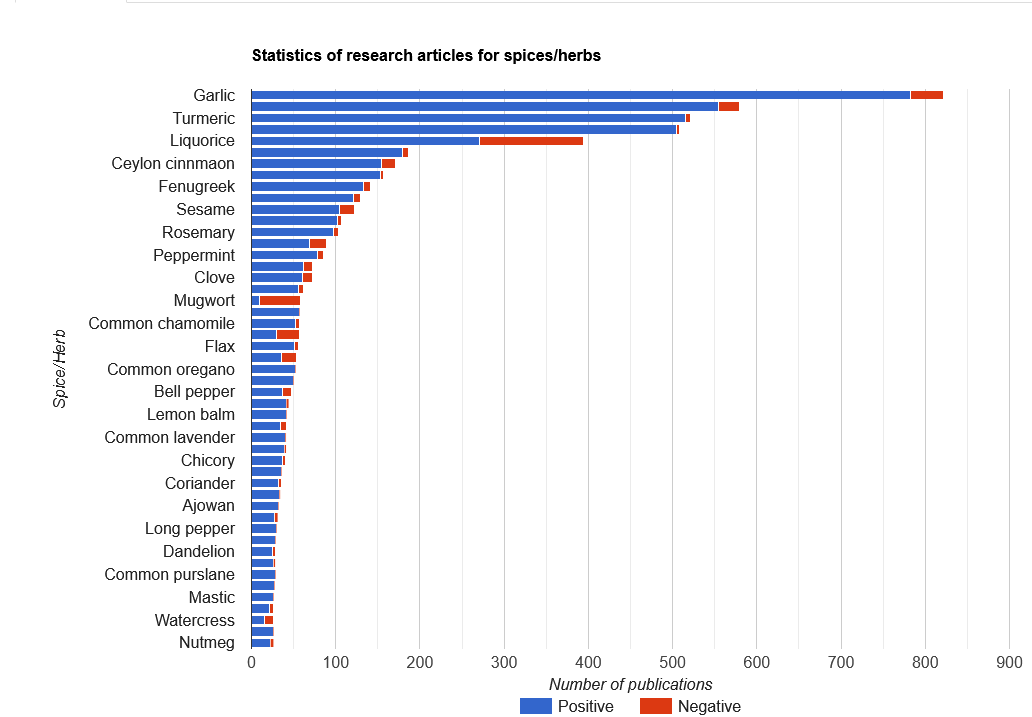
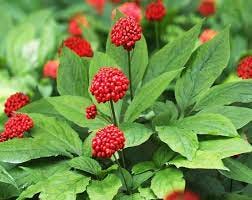
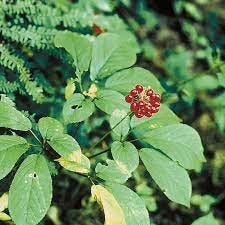
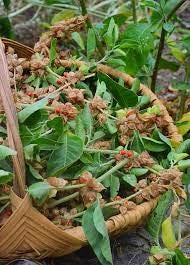


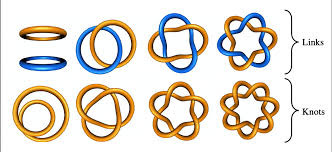


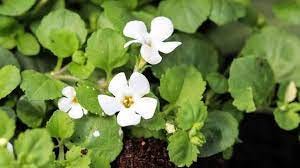
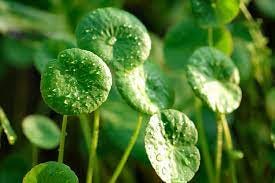
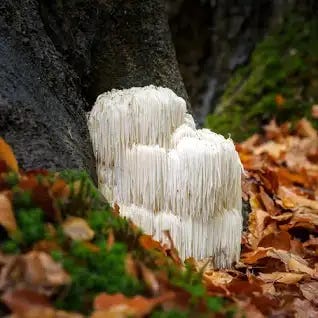
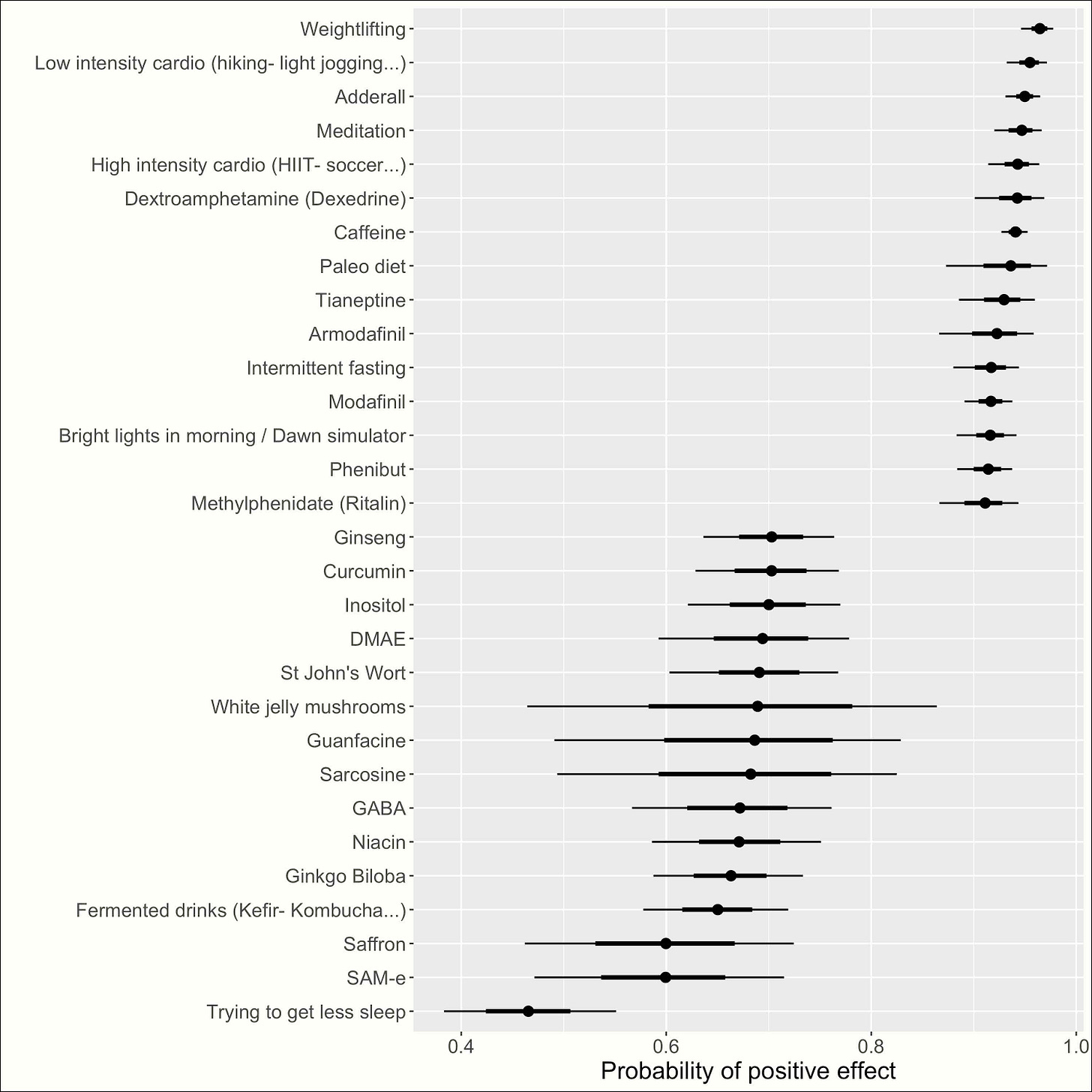
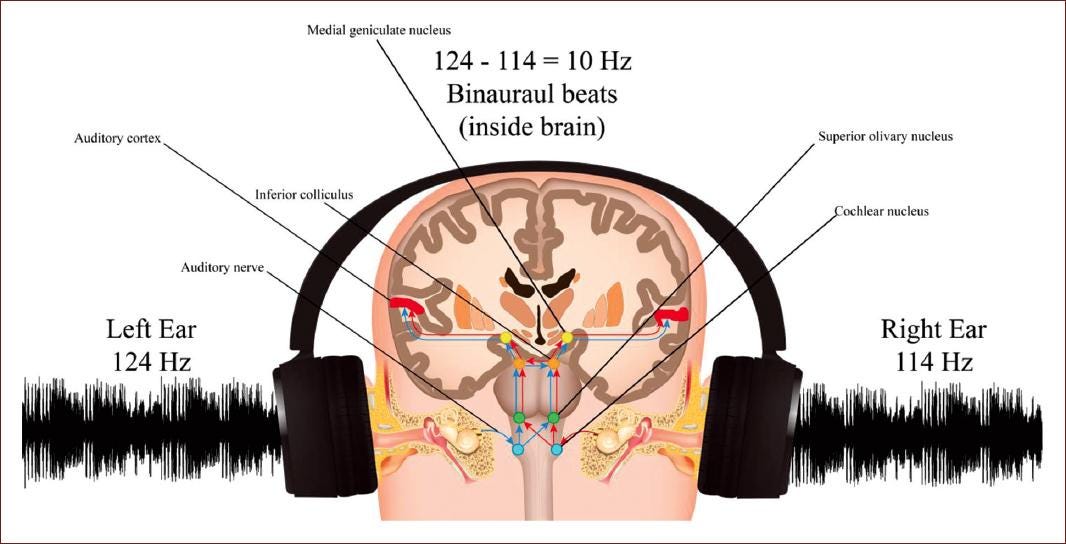
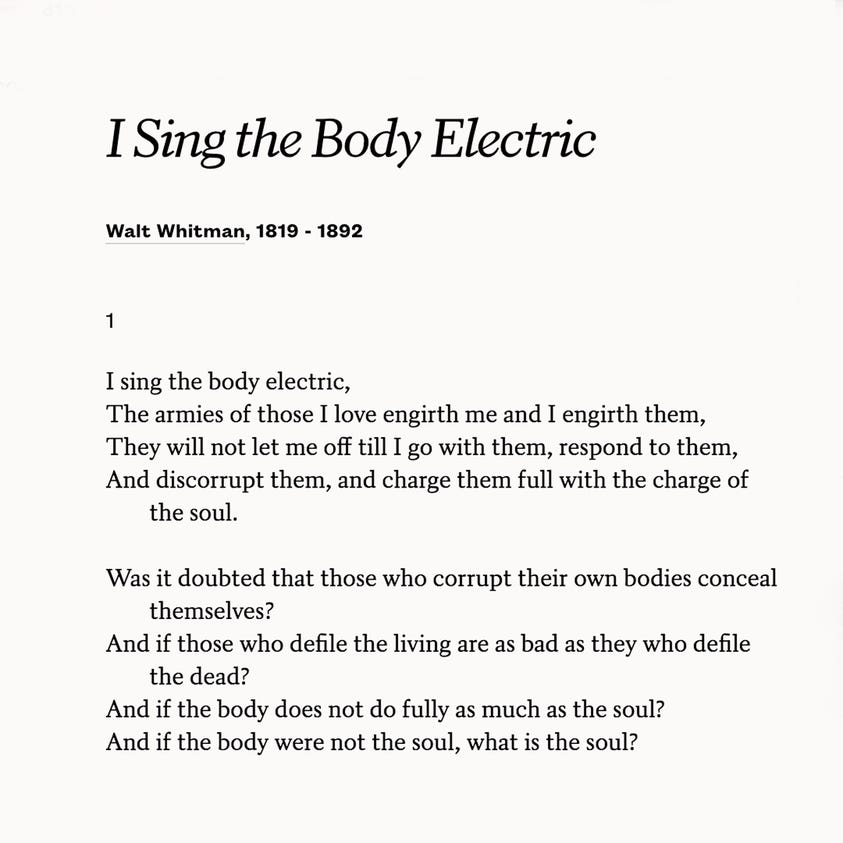
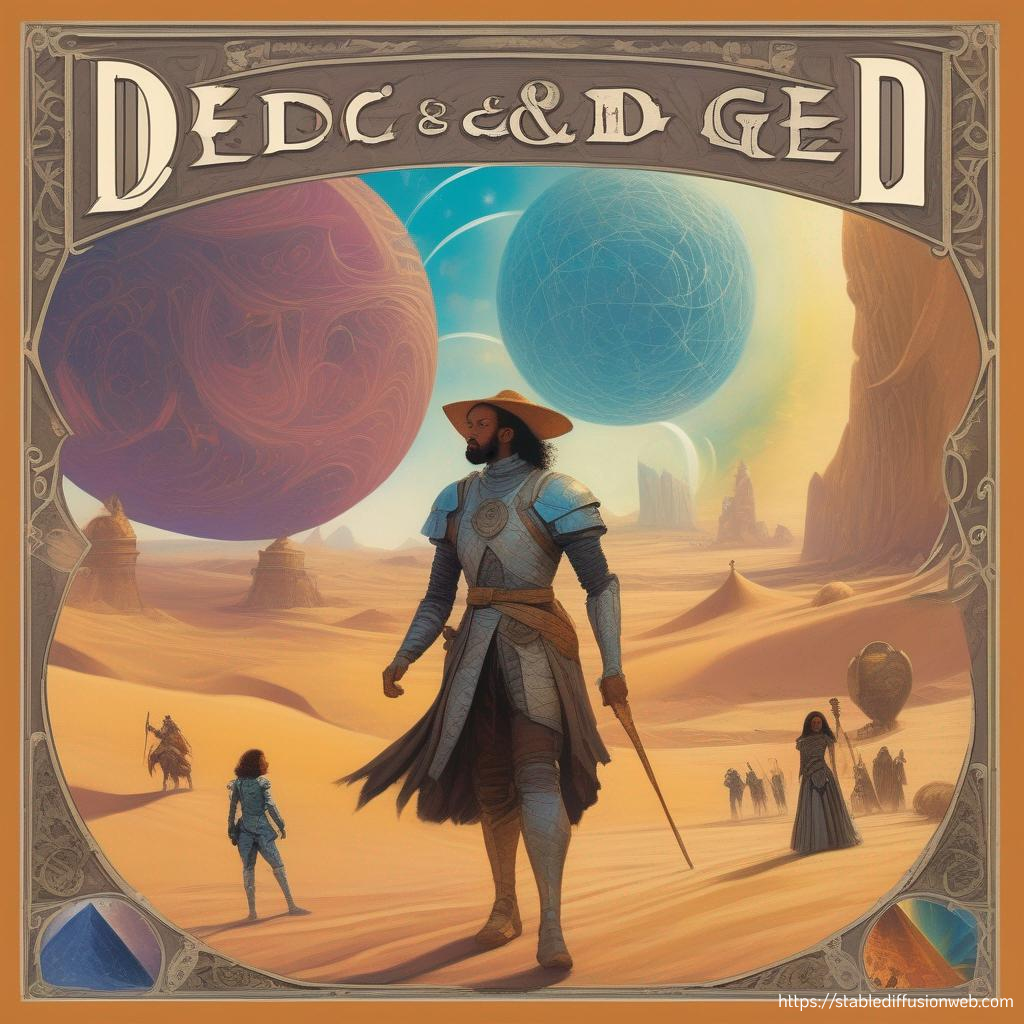

Thank you so much!
First, I will get this out of the way. (This is the only thing I can recall disagreeing with you on. Including anything I’ve ever read that you’ve written, which only covers about a month’s time.) On your comment about those “destroying our civilization”, I would have to say that, for a few of them, it could be biologically induced mental illness. (Chemical imbalance or insufficient nutrients.) But for most of them it is purely spiritual. Because they reject God and leave themselves open to demonic influence.
The only thing that I can contribute to your compendium is that I have some experience with amino acids. I took them for over a year with no problem. And this may be because I am 62 years old, but recently I had a serious problem with lightheadedness, frequently feeling like I was about to pass out. It turns out that the amino acids were the problem.
Also I’ve done some research on the amino acids. The study that I read concluded that if a person has a heart attack with heart muscle damage and then takes amino acids, they stop having a positive affect after about five or six months.